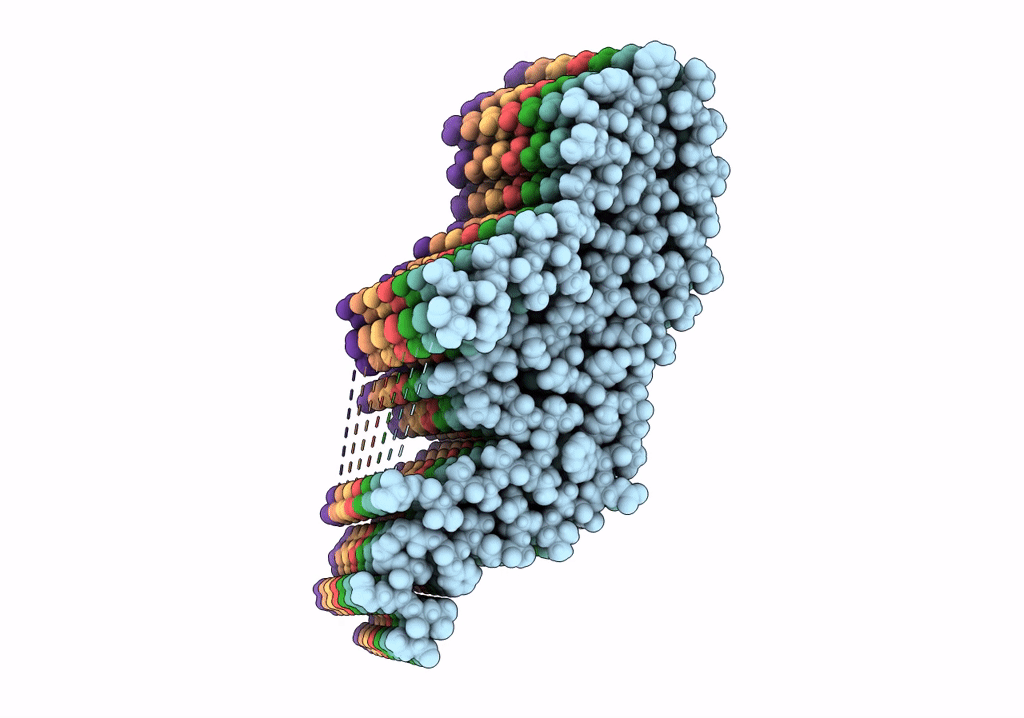
Deposition Date
2021-03-08
Release Date
2021-11-24
Last Version Date
2024-10-23
Method Details:
Experimental Method:
Resolution:
3.10 Å
Aggregation State:
FILAMENT
Reconstruction Method:
HELICAL


